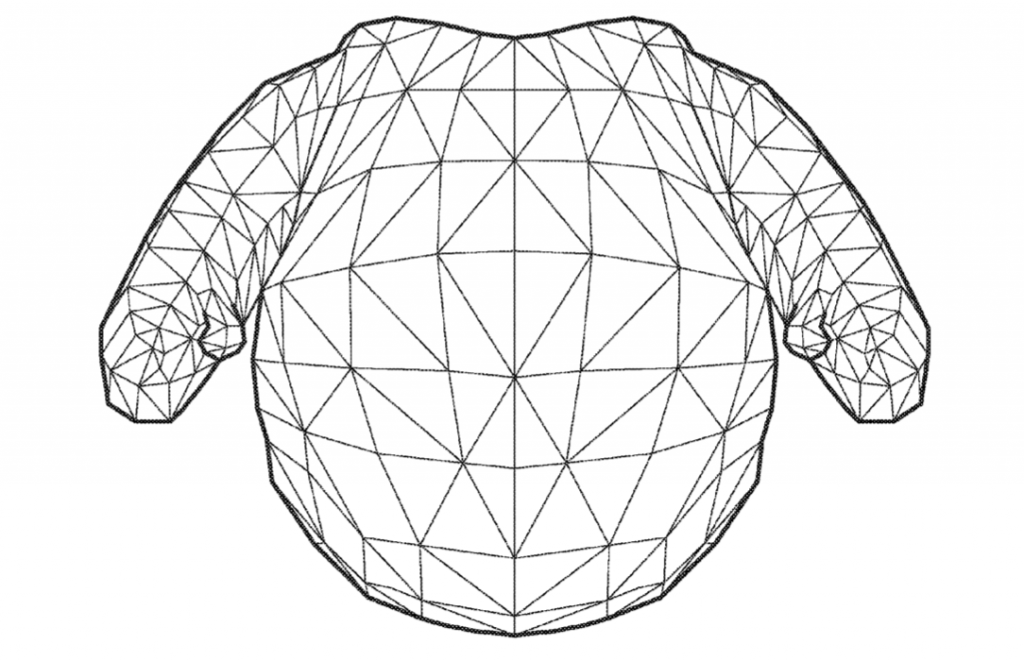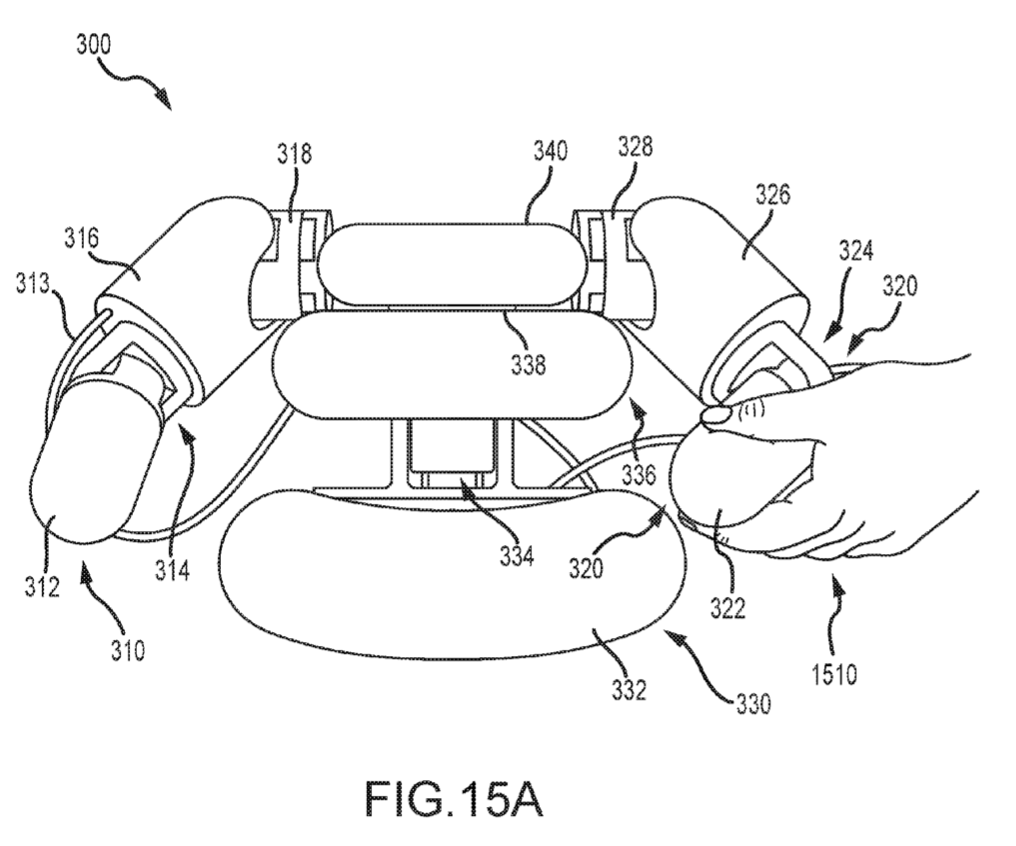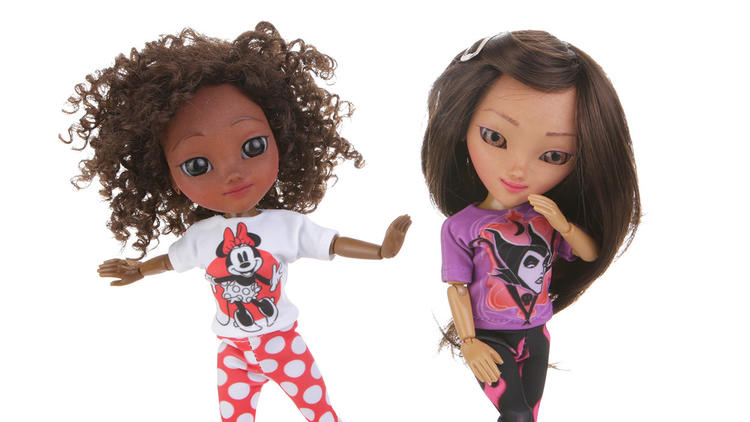Disney Enterprises Inc. has filed a patent for an interactive “soft body robot” with 3D printed parts. Initial designs show a figure resembling a snowman, or the character Baymax from Disney’s own Big Hero 6. The soft body robots serve as a blueprint for “humanoid robots and other robots” that independently communicate with humans through touch.
Clip from Disney’s Wall-e
Powered by air and water
Several specifications of the patent name 3D printing as the exact method of making the robot, detailing “a single printing process”, and the flexible material to be used as “a rubber, a plastic, or a rubber-like material.”

To test the design, inventors made a miniature version of the robot with 3D printed upper body segments. This model, as in the full-scale proposal, is controlled either using jets of air or liquid, as in Harvard University’s autonomous Octobot. Whilst facilitating soft robotic motion, the chosen material also helps to absorb impact, reducing the risk of human injury when interacting with the bot.
The patent states that the “soft skin” makes the robots “robust to playful, physical interaction”, in addition to pressure sensors that allow the sensory aspect of the machine.

Custom 3D printed dolls
The company has previously shown significant interest in the 3D printing industry through its Disney Accelerators fund. With this initiative the company invested in 3D printing based startups MakieLab, make-your-own dolls, and Open Bionics, for custom-made prosthesis.
Disney has since reportedly acquired MakieLab. Alice Taylor, MakieLab founder and CEO, now lists her current role as Director, StudioLab at The Walt Disney Studios according to LinkedIn.

3D printing is in use more and more by movie and TV studios, particularly to make life-like props and models for stop-motion animation. New Zealand’s Weta Workshop has been quick to adopt the technology for its special effects practice, as seen in the animatronic geisha models for 2017’s Ghost in the Shell. Laika Studios, makers of the animated feature Kubo and the Two Strings, also used 3D printing to create the multiple expressions of characters in the film.
For more updates on the latest 3D printing news in film and television sign up to the 3D Printing Industry newsletter and follow our active social media channels.
Don’t forget you can also vote now in the first annual 3D Printing Industry Awards.
Featured image shows character mascots on Main Street Disneyland. Photo by Anna Fox, harshlight on Flickr



